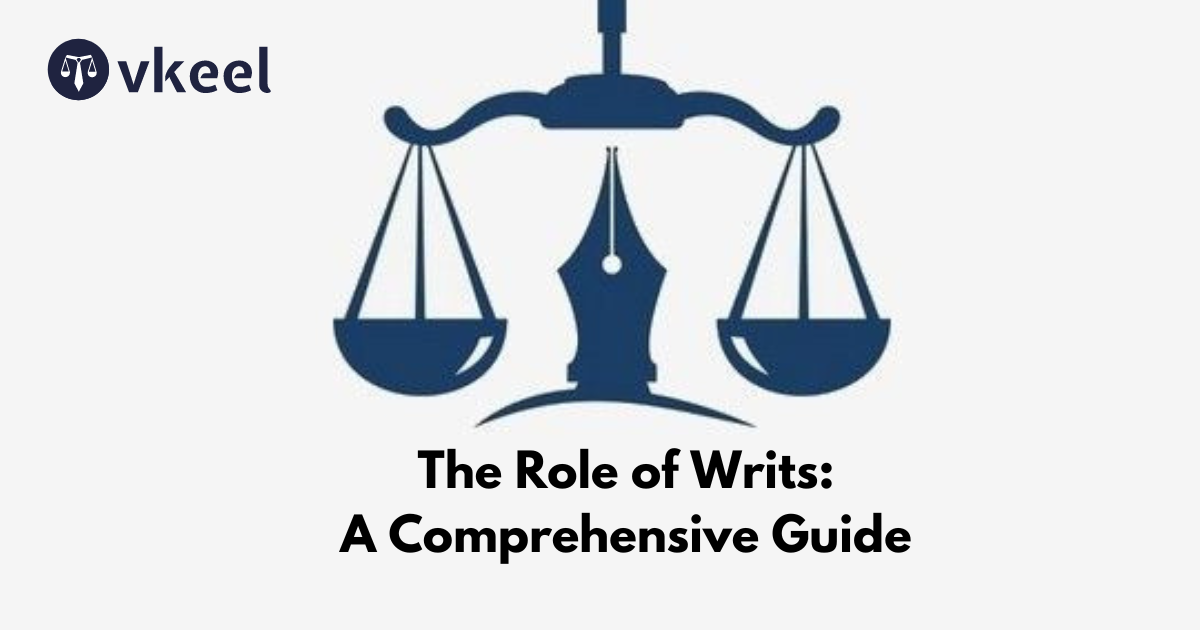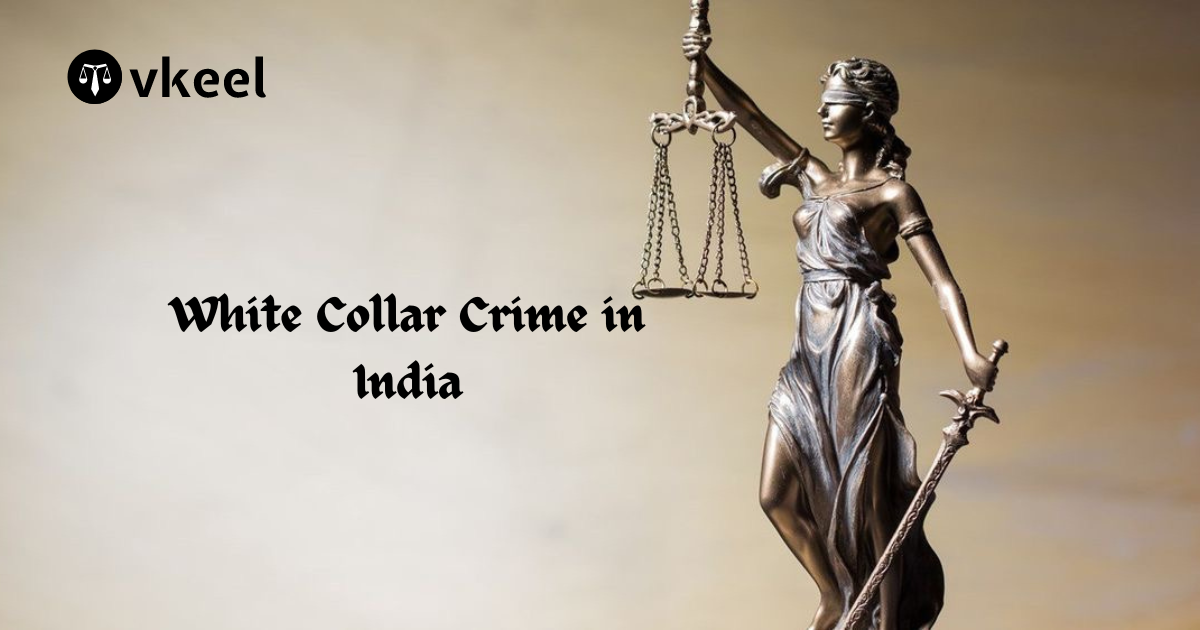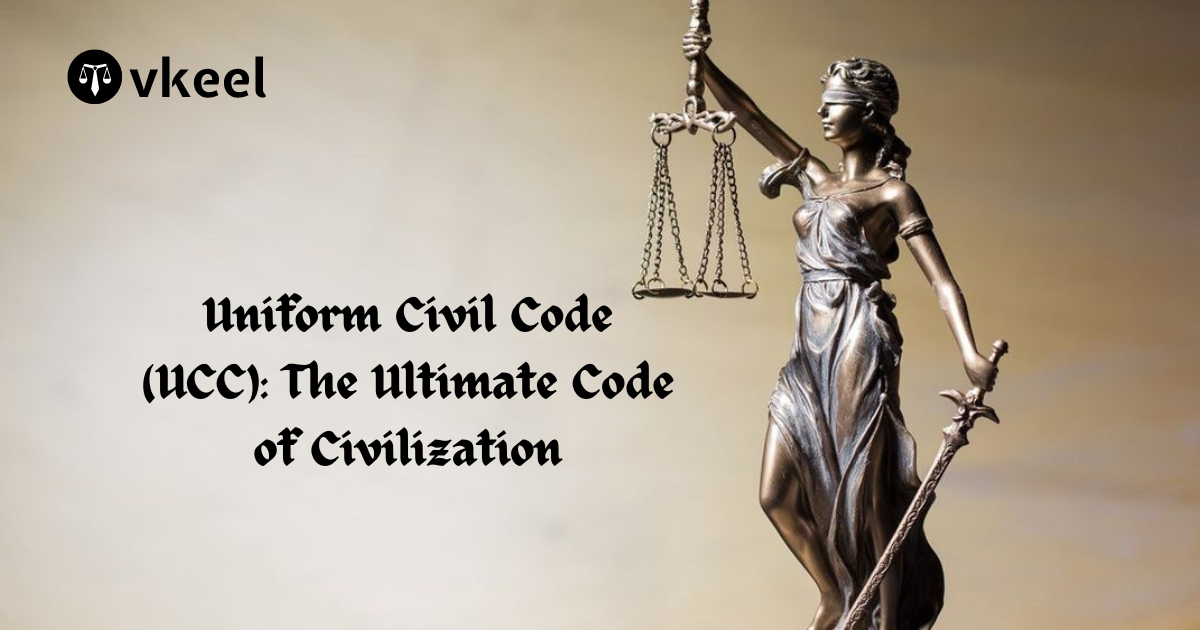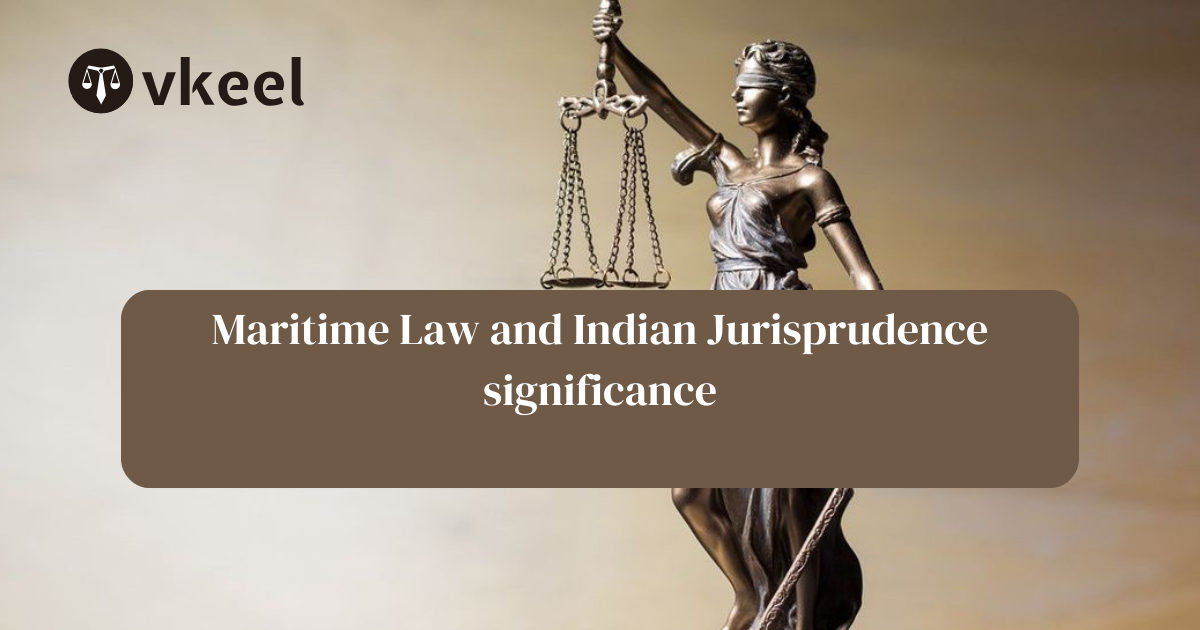The Role of Writs: A Comprehensive Guide
By Joy Puri
Table of Contents
Introduction
Tracing the history of writs and human rights we can easily establish that both of them are deeply intertwined, focusing on the evolution of legal protections and the recognition of individual liberties over the centuries of legal and political developments all around the globe.
The roots of the writs can be found in medieval England, which played a crucial role in shaping early concepts of justice and legal recourse.
Writs are the formal written orders issued by a court or judicial officer directing someone to do something or to refrain from doing some act. They emerged as instruments of royal authority in medieval England under the Norman kings of those times, establishing a means for subjects to petition the monarch for justice when ordinary legal remedies were inadequate.
The most famous writ, the writ of habeas corpus, became a cornerstone in the protection of personal liberty, mandating and making it compulsory that a person detained be brought before a court to determine the lawfulness of their imprisonment thereof.
The evolution of writs was paralleled with the development of human rights concepts. As societies progressed, the ideas of inherent rights belonging to individuals gained attraction in that time period, influencing legal frameworks and the use of writs to safeguard those rights.
The Magna Carta of 1215, a foundational pillar, the document in the history of human rights, included provisions which opined certain rights and liberties against arbitrary rule by the monarch. Although initially benefiting only the aristocracy, its principles laid down the groundwork for broader legal protections in the society.
What are Writs?
Writs in the contemporary world fuction as a remedy against the breach of any fundamental right, by the administrative or any authority so in power.
They are codified in the articles 32 and 226 of the Indian Constitution. It specifies that any person suffering from the breach of Fundamental right can approach the High Court under article 226 and can approach Supreme Court in article 32 of the Indian Constitution.
The High Court with its inherent powers is conferred with the power to have a discretion based approach on the antecedent topic, but this is not in the case of the Supreme court of India, it does not possess the discretionary power over the writs.
Types of Writs
Habeas Corpus: If translated it means “to have the body,” it is a type of writ used to protect an individual’s liberty by ensuring that no person is detained unlawfully in the country. When this writ is issued, the authority so in command is directed to bring the detained person before the court to justify the detention and to stipulate the valid grounds in regards to the detention.
If the court finds the detention is unlawful, it orders the release of the individual thereof. This writ is a fundamental safeguard against arbitrary arrests and detentions by the administrative authorities.
Mandamus: It is a latin word which translates to “we command,” a type of writ is issued to compel a public authority or governmental body to perform a duty that it has failed or refused to perform. It is an essentioal that the duty so called in question should be within the ambit of the authority. This writ cannot be issued against private individuals or entities and is typically used to ensure that public officials fulfill their legal obligations which they are duty bound by the law.
Prohibition: A sort of writ is issued by a higher court to a lower court or tribunal, directing it to halt proceedings in a case that is beyond its jurisdiction thereof. This writ acts as a preventive measure to ensure that lower courts do not exceed their authority or jurisdiction, therefore maintaining the proper administration of justice in the country.
Certiorari : It means “to be certified” or “to be informed,” is a writ which is issued by a higher court to a lower court or tribunal, either to transfer a particular case to itself or to quash any order of the lower court.
This writ is issued when the lower court has acted without its respective jurisdiction, committed an error of law, or violated the principles of natural justice in the respective case.
Quo Warranto : It ordains “by what authority,” a type of a writ used to challenge the legality of a person’s claim to a public office. This writ targets to prevent individuals from holding public office when they do not have the legal right to do so in the specific case. It is an instrument to ensure that public offices are occupied only by individuals who are lawfully entitled to them and not to act outside their respective ambit.
Landmark Cases
Kharak Singh v. State of Uttar Pradesh (1963) (Habeas Corpus)
Kharak Singh, a dacoit, was put under constant police surveillance by the authorities, including domiciliary visits at night, based on the Uttar Pradesh Police Regulations and by the lawful motive. Singh argued that the act of the authorities was a direct breach of rights conferred to him as per Article 21 (right to life and personal liberty) and Article 19 (freedom of movement).The Supreme Court ruled that the right to privacy is implicit in the right to life and personal liberty. However, it upheld the police regulations except for the domiciliary visits, which were deemed unconstitutional by the court of law. This case was one of the first instances where the right to privacy was discussed in Indian jurisprudence.
Golak Nath v. State of Punjab (1967) (certiorari)
The Golak Nath family challenged the 17th Amendment of the Constitution, which placed their landholdings under the purview of land ceiling laws, arguing it infringed on their fundamental rights of right to property. The issue raised thereof was whether Parliament could amend fundamental rights. The Supreme Court ruled that Parliament could not amend or abridge fundamental rights, using its power under Article 368, it cannot amend the basic human fundamental rights. This case introduced the doctrine of the “basic structure” of the Constitution, which was later affirmed and elaborated in the Kesavananda Bharati case.
Kesavananda Bharati v. State of Kerala (1973) (Certiorari)
Kesavananda Bharati, a religious head of the hindu community, challenged the Kerala government’s attempts to impose restrictions on the management of his property under the Kerala Land Reforms Act by the government. Whether the power of Parliament to amend the Constitution was unlimited or not was the main issue arising out of the case thereof. The Supreme Court held that while Parliament could amend any part of the Constitution, it could not alter its basic structure or framework. This landmark judgment provided a balance between the power of Parliament to amend the Constitution and the need to protect its fundamental framework.
Conclusion
In conclusion, thew respective writs in Indian law serve as powerful tools to safeguard citizens’ fundamental rights of the country. They provide an essential mechanism for judicial review, enabling the courts to oversee and rectify any unlawful actions by public authorities. They serve specific functions in maintaining the rule of law and ensuring justice.
By allowing individuals to seek redress directly from higher courts, writs reinforce the principles of accountability and transparency within the governmental framework. This legal provision underscores India’s commitment to upholding democratic values and protecting the rights of its people thereby boosting the judicial activism and promoting the greater good of the country.
Disclaimer:
The information provided in the article is for general informational purposes only, and is not intended to constitute legal advice or to be relied upon as a substitute for legal advice. Furthermore, any information contained in the article is not guaranteed to be current, complete or accurate. If you require legal advice or representation, you should contact an attorney or law firm directly. We are not responsible for any damages resulting from any reliance on the content of this website.










